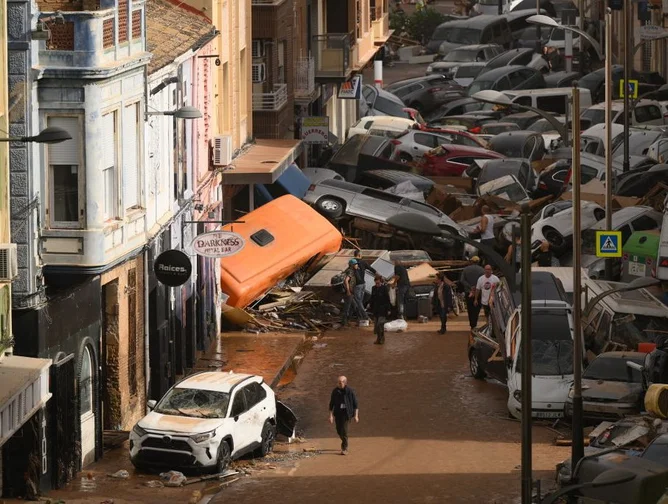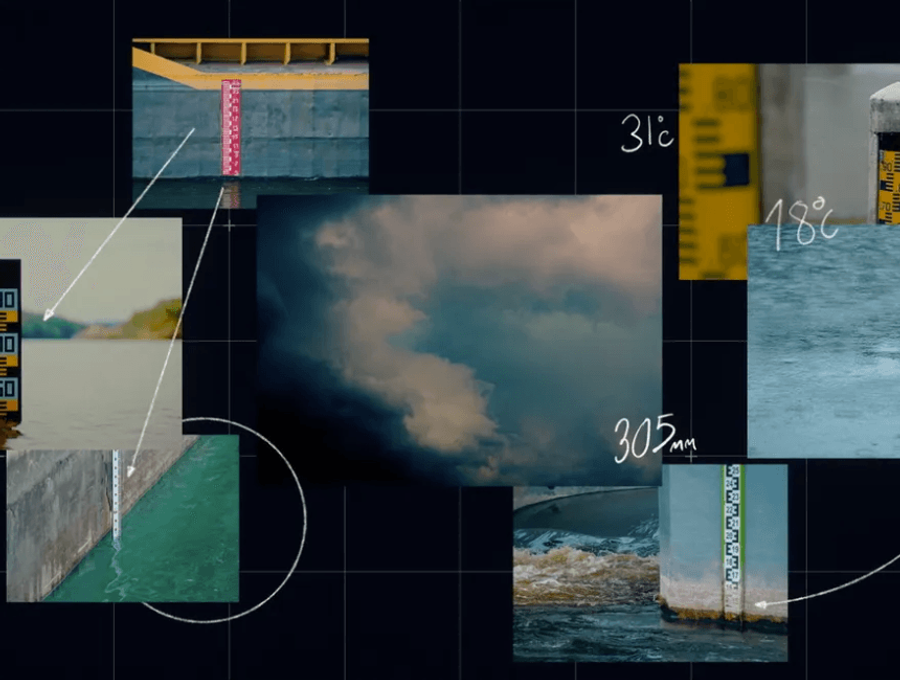After a year plagued by flooding, Google announces the expansion of its flood prediction system, designed to increase global resilience to climate change.
“Valencia: 220 and rising. Hurricane Helene: 230. Hurricane Milton: 250. Storm Boris: 26. Rio Grande do Sul in Brazil: 176. Over 1000 victims across West Africa. I could go on. These are the people that have died in floods in the last three months with unprecedented rainfall.”
These were the impassioned words of Paul Simpson, Partner at ERM, who recently demanded immediate action to mitigate the deadly effects climate change is already having across the globe.
One company ready to answer Paul’s call is Google.
The technology giant has just announced a new initiative aimed at addressing the escalating challenges posed by climate change: a substantial expansion of its AI-driven flood forecasting capabilities.
This development will extend coverage to over 100 countries, potentially benefiting 700 million people worldwide, a significant increase from the previous reach of 460 million.
Kate Brandt, Chief Sustainability Officer of Google, says that floods are a growing concern for people all over the world.
“Floods and storms were amongst the top natural disasters searched for in 2023, showcasing that the world is searching for this kind of information like never before,” she explains.
2023 was a terrible year for flooding and, as illustrated by Paul’s moving words, 2024 has been even worse.
Now, Google steps into this context of widespread fear and doubt in the hope of alleviating the impacts of these weather events, but how exactly will it deliver change?
Advancements in flood forecasting technology
Yossi Matias, Vice President & Head of Google Research, is best positioned to talk about the transformative potential of this technology. “Our mission is to use AI to make flood forecasting information globally accessible,” he says.
“This expansion will bring critical flood information to millions of people across the globe, as well as more data to researchers and partners.”
The enhanced model offers improved accuracy at a seven-day lead time, matching the previous model’s five-day accuracy but with greater reliability. The advancements stem from recent research breakthroughs that have allowed for the incorporation of more labelled data and a new model architecture.
By leveraging three times as many locations during training and integrating a new weather forecasting model, Google has significantly enhanced the robustness of its flood predictions.
This progress feels like it comes at a particularly critical and sensitive moment in history, when the destructiveness of Spain’s deadliest-ever floods have been partially blamed on poor warning systems.

Widening access for researchers and partners
To further facilitate research and response efforts, Google is making its flood forecasting data available through an upcoming API and the Google Runoff Reanalysis & Reforecast (GRRR) dataset.
This should allow researchers and partners to access hydrological forecasts and expected flood statuses, especially in regions where local data is scarce.
The introduction of “virtual gauges” will also enhance data availability in over 150 countries. These gauges will provide additional flood forecasting information, even in areas lacking physical measurement devices.

How the past can inform the future in flood forecasting
Interestingly, Google is also publicly releasing historical outputs from its global flood forecasting model, dating back to 1981.
This dataset aims to assist researchers in understanding long-term flooding trends and potentially mitigating future impacts.
Yossi says: “We believe that access to this data will help researchers around the world understand how flooding is affecting communities, and potentially reduce the impact of devastating floods.”
The practical implications of these advancements are already being realised.
In May 2024, during severe flooding in Rio Grande do Sul, Brazil, Google collaborated with the Geological Service of Brazil to launch over 200 new monitored locations on its Flood Hub platform.
This timely data enabled local authorities and residents to formulate effective crisis response plans.
Early warnings, fewer disasters
As climate change continues to exacerbate extreme weather events, the importance of advanced AI technologies in disaster preparedness can’t be overstated.
Google’s expanded flood forecasting capabilities align closely with global initiatives like the UN’s Early Warnings for All programme, which aims to provide actionable safety information for crisis response worldwide.
For Yossi, these developments are cause for optimism. He says: “When you think about other natural disasters… ideally, I’d like to get us to the place that nobody is surprised by any crisis or any sort of extreme weather event.”



